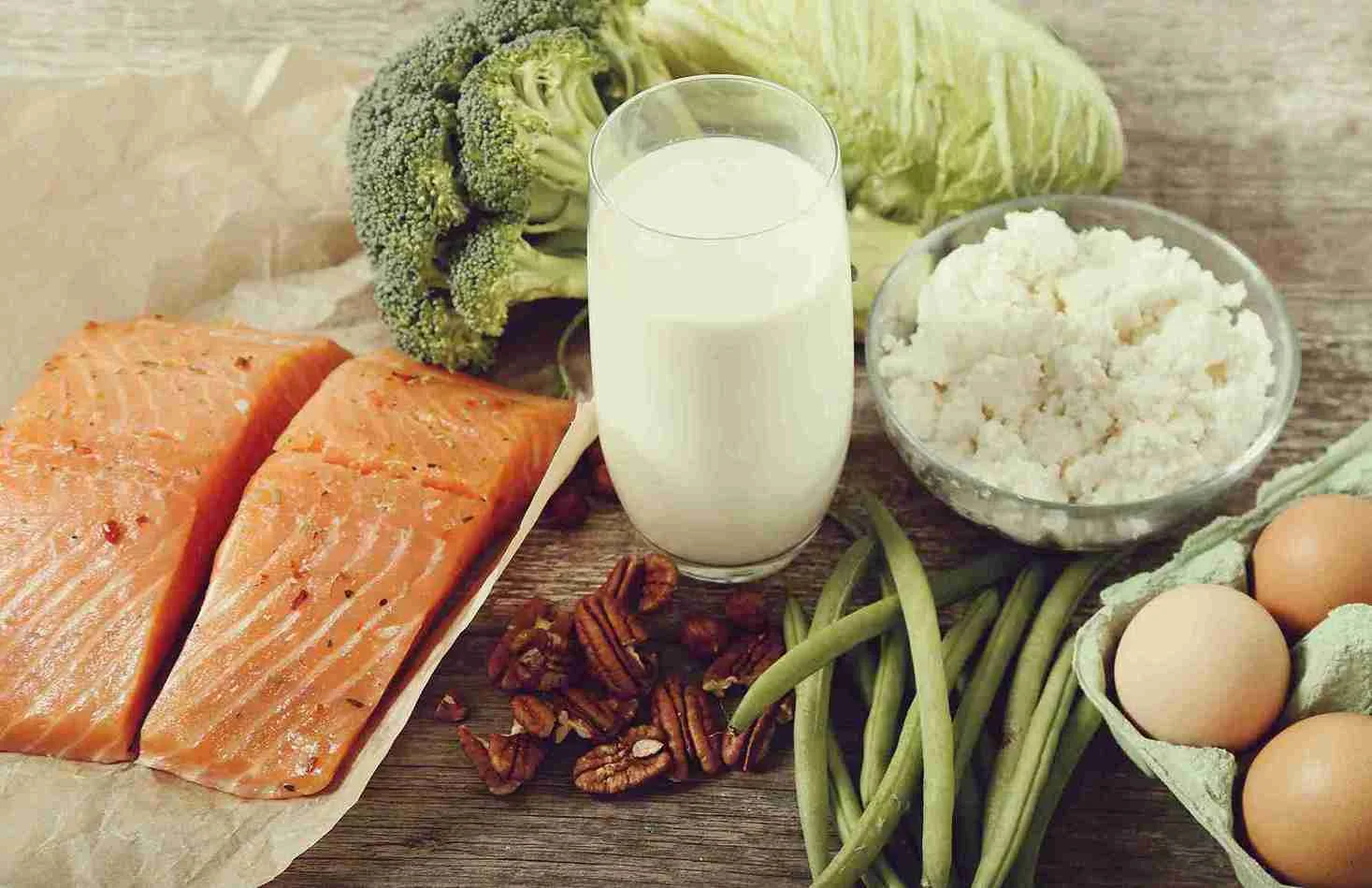If your child is allergic to cow’s milk, don’t worry—there are handy hints to ensure they get enough calcium. You can include alternatives like fortified plant-based options or leafy greens in their diet to support their needs.
Top Tips to Include Calcium Foods
Use an alternative milk with added calcium
Choosing the right milk can make a big difference when trying to boost calcium intake, especially for your child. If you’re considering an alternative, look for one with added calcium—check the nutrition label to find at least 120mg per 100mls (or 100g). Soy is often the best choice as it closely matches the benefits of cow’s milk. Avoid options like A2, goat, or sheep milk because their protein content is either too similar to cow’s milk or may cause your child to react. For children under 1 year of age, options like oat, rice, almond, or cashew milk aren’t ideal, and even after they turn 2 years of age, you should seek dietitian guidance to discuss the best option.
Enjoy Calcium-Rich Cereal Options
Start your day with a cereal that’s fortified with calcium for a healthier choice. Check the label to find one with added nutrients and pair it with alternative milk, fresh fruit, or yoghurt for extra flavor. To make it more indulgent, try adding a soy dessert alongside your meal.
Use Dairy-Free Options With Added Calcium
Including dairy-free yoghurts in your diet is an easy way to boost your calcium intake. Make sure to pick a brand that is fortified with calcium by checking the nutrition label. Always aim for at least 120mg of calcium per 100mls to meet your daily requirements.
Use Milk Alternatives in Your Cooking
If you’re looking for ways to boost calcium intake while keeping things versatile, using milk alternatives can be a game-changer in the kitchen. You can try preparing a creamy white sauce with a milk alternative, perfect for mixing through pasta or drizzling over vegetables. For desserts, consider whipping up custards, rice pudding, or experimenting with baking recipes that call for milk. This approach is especially useful if your child isn’t keen on drinking alternative milk. To make your dishes even more nutritious, you can sprinkle calcium-fortified dairy-free cheese on top for an added boost.
Almonds Used Creatively in Everyday Child’s Meals
Almonds are a simple and tasty addition to any diet. Enjoy them as snacks between meals, or incorporate them into your favorite recipes. Use almond flour or almond meal for healthier baking alternatives, and try blending them with soy flour for added nutrition and variety in your dishes.
Use Seeds for Baking and More
Adding chia and poppy seeds into your diet is simple and creative. Mix them into breadcrumbs for a crispy crumb topping or sprinkle on cereals for extra crunch. You can also combine LSA (linseeds, sunflower, and almonds) with baked goods or even make healthy bliss balls. These versatile ingredients bring texture, flavor, and a boost of nutrition to your meals.
Try Using Tahini
Tahini is a versatile ingredient that’s easy to include in your meals. For a calcium-rich twist, try adding it to stir fries or mixing it into creamy hummus. Spread it on crackers or warm toast, or even drizzle it over baked casseroles to boost your calcium intake effortlessly.
Grate and Enjoy Angel Foods Cheeses in Various Ways
Adding Angel Foods cheddar, mozzarella, or smoked dairy free cheese to your meals can be both fun and creative. You can easily grate these cheeses to use in a variety of dishes. For a quick and good snack, try sprinkling grated cheese on crackers or melting it over a toasted sandwich. If you’re in the mood for something hearty, add it to a homemade burger or a warm wrap.
These cheeses are perfect for making a creamy cheese sauce, and they work amazingly well on pizza, enhancing every bite. Although they don’t keep for long in the fridge, they freeze well, making it convenient to use them whenever you need a quick fix for your meals.
Include More Fruits and Vegetables in Your Child’s Diet
Incorporate fresh fruit into your meals or snacks to boost your child’s calcium intake. Add dried figs to their cereal or offer eggs as a versatile option. For lunch or dinner, include broccoli, kale, or spinach alongside silverbeet and rocket for a nutrient-packed plate. Make these foods a regular part of their routine to increase their overall health and calcium levels.
Also, visit Nutri Balance Quest for more information

